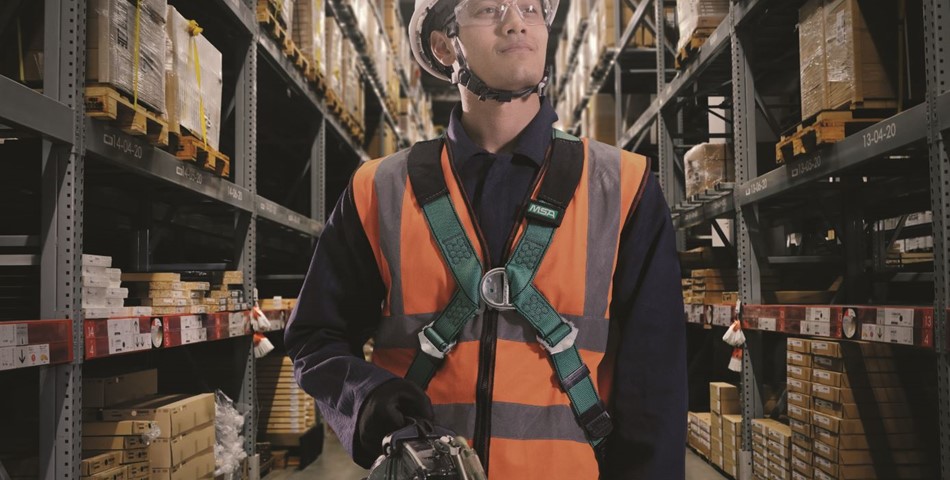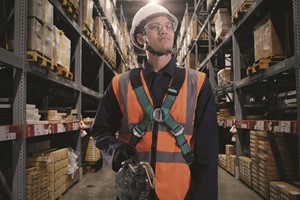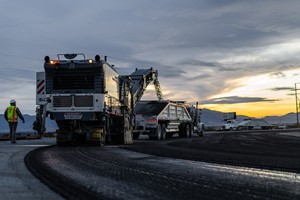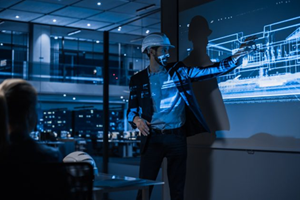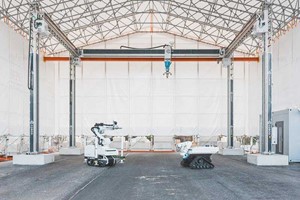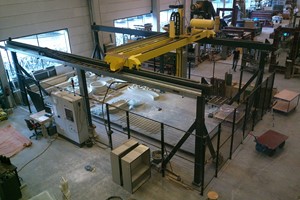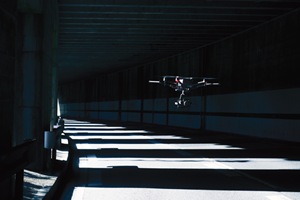There are many scenarios where working at height is simply unavoidable and some of the most hazardous work sees operatives working on top of an elevated surface or structure. It’s here where selecting the correct fall arrest solution is critical. Jon Rowan, Product Line Manager at MSA Safety, explores where, when and how Self-Retracting Lifelines (SRLs) should be deployed for vertical fall arrest protection, and looks at the features that define the most reliable, robust, and best lifetime-value equipment
Hierarchy of control - identifying the situation The hierarchy of fall protection is the starting point to determine what type of approach to working at height and/or fall protection system is required - and why.
The preferred solution to all fall hazards is elimination. Passive fall protection: Physical barriers like guardrails around unprotected edges, for example. Fall restraint systems are erected in such a manner that a fall cannot occur.
They use PPE to restrict the worker’s range of movement so they cannot physically travel to the fall hazard. Fall arrest systems are erected in such a manner that a fall can occur, but the fall is arrested within the acceptable force and clearance margins.
A suitable rescue procedure would then need to be implemented. Why self-retracting lifelines? One of the most effective and widely used fall arrest solutions today is the Self-Retracting Lifeline (SRL).
Accounting for around a fifth of the 420 million Euro fall protection market[3], SRLs are replacing lanyards and rope grabs as they typically last longer, retract on movement, offer faster lock-on, and are easier to store.
A synthetic line or metallic cable attached to the worker’s harness automatically extends and retracts from a floor or overhead anchored container unit as the worker moves. In the event of a sudden fall, the product will ‘lock on to arrest the force of the fall, and an energy absorption system will then limit the impact of that force on the body of the worker in the harness. SRL systems and the working environment One of the first factors to consider when specifying the correct SRL system is the application and environment.
What are the atmospheric conditions? In a coastal location, for instance, continuous exposure to saltwater vapor poses the risk of accelerated corrosion for metal parts. Similar corrosive hazards can be present in petrochemical sites, posing potential degradation risks for SRL plastics and composites.
www.researchandmarkets.com/




